Flavor Diversification
Flavor innovation plays a pivotal role in the Baked Savory Snacks Market, as consumers seek unique and diverse taste experiences. The demand for innovative flavors has prompted manufacturers to experiment with a wide array of seasonings and ingredients, ranging from exotic spices to regional specialties. This trend is evident in the introduction of limited-edition flavors and collaborations with culinary experts, which aim to captivate adventurous snackers. Market data suggests that flavor diversification is a key driver of growth, with consumers willing to pay a premium for novel taste experiences. As the competition intensifies, brands that successfully differentiate their products through unique flavor profiles are likely to gain a competitive edge, further propelling the Baked Savory Snacks Market forward.
Health-Conscious Trends
The Baked Savory Snacks Market is experiencing a notable shift towards health-conscious choices among consumers. As individuals increasingly prioritize their well-being, there is a growing demand for snacks that are perceived as healthier alternatives to traditional fried options. This trend is reflected in the rising popularity of baked snacks that are lower in calories, fat, and sodium. According to recent data, the market for healthier snack options is projected to grow significantly, with baked savory snacks capturing a substantial share. Manufacturers are responding by reformulating products to include whole grains, natural ingredients, and reduced preservatives, thereby appealing to health-oriented consumers. This shift not only enhances the product offerings but also aligns with the broader movement towards healthier eating habits, indicating a promising trajectory for the Baked Savory Snacks Market.
Sustainability and Ethical Sourcing
Sustainability has emerged as a critical consideration within the Baked Savory Snacks Market, as consumers increasingly demand products that are environmentally friendly and ethically sourced. This trend is driving manufacturers to adopt sustainable practices, such as using organic ingredients, reducing packaging waste, and ensuring fair labor practices. Market data indicates that consumers are willing to pay more for snacks that align with their values, suggesting a potential for growth in the segment of sustainably produced baked snacks. Brands that effectively communicate their commitment to sustainability are likely to resonate with environmentally conscious consumers, thereby enhancing their market position. This focus on sustainability not only addresses consumer concerns but also contributes to the overall positive perception of the Baked Savory Snacks Market.
Convenience and On-the-Go Consumption
The fast-paced lifestyle of modern consumers significantly influences the Baked Savory Snacks Market, as convenience becomes a paramount factor in purchasing decisions. With an increasing number of individuals seeking quick and easy snack options, baked savory snacks are well-positioned to meet this demand. The rise of on-the-go consumption patterns has led to the development of portable packaging and single-serving sizes, making it easier for consumers to enjoy snacks while commuting or during busy workdays. Market analysis indicates that products designed for convenience are experiencing higher sales growth, as they cater to the needs of time-strapped consumers. This trend underscores the importance of convenience in shaping the Baked Savory Snacks Market, as brands adapt their offerings to align with consumer preferences.
E-Commerce Growth and Digital Engagement
The rise of e-commerce is transforming the Baked Savory Snacks Market, as more consumers turn to online platforms for their snack purchases. The convenience of online shopping, coupled with the ability to access a wider variety of products, is driving this trend. Data shows that e-commerce sales in the snack category are experiencing robust growth, with many consumers preferring to order snacks online rather than visiting physical stores. This shift is prompting brands to enhance their digital presence and engage with consumers through social media and targeted online marketing strategies. As e-commerce continues to expand, it presents significant opportunities for the Baked Savory Snacks Market to reach new customers and adapt to changing consumer behaviors.


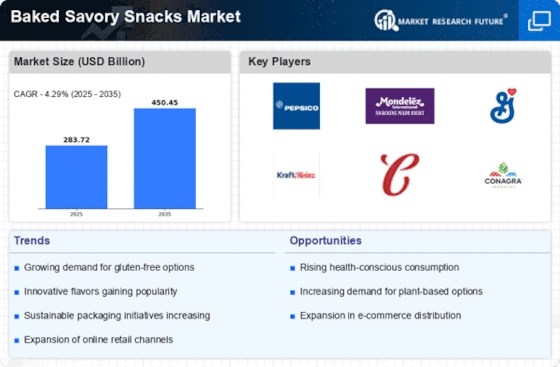
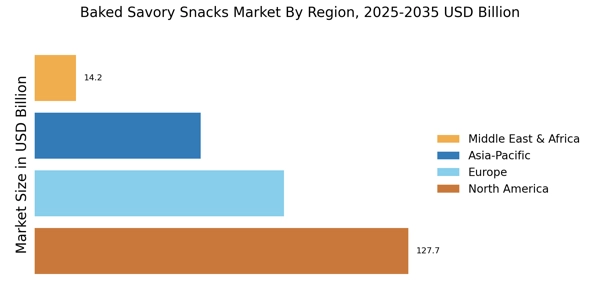
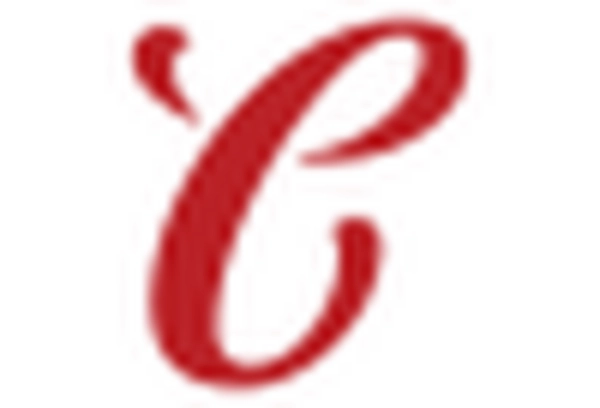
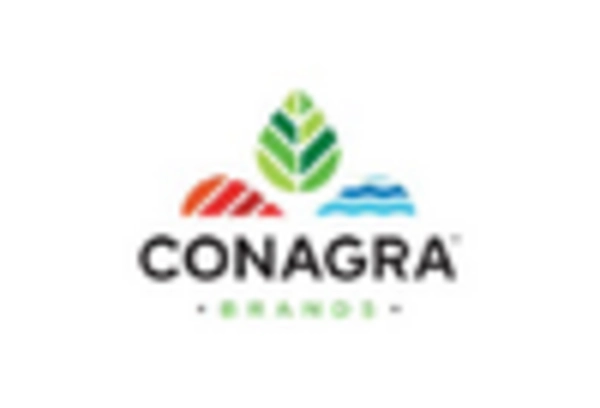
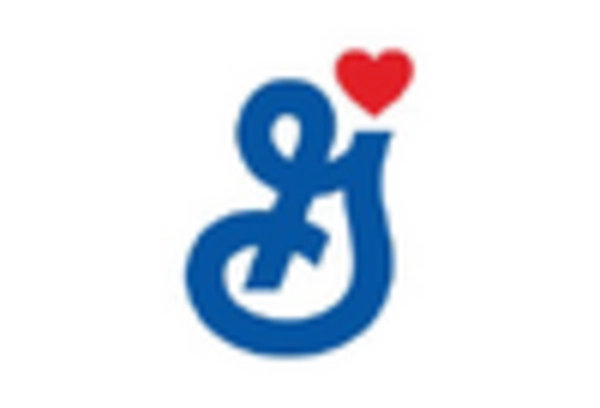
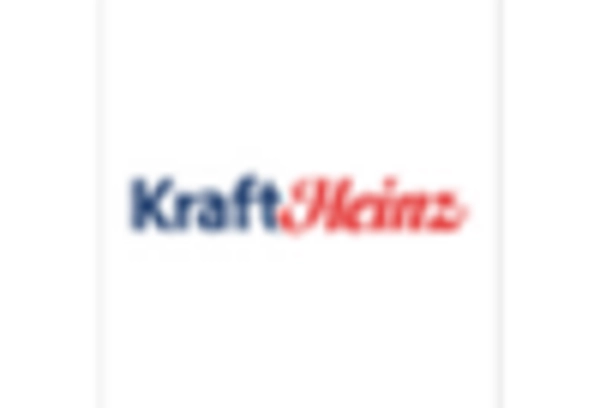
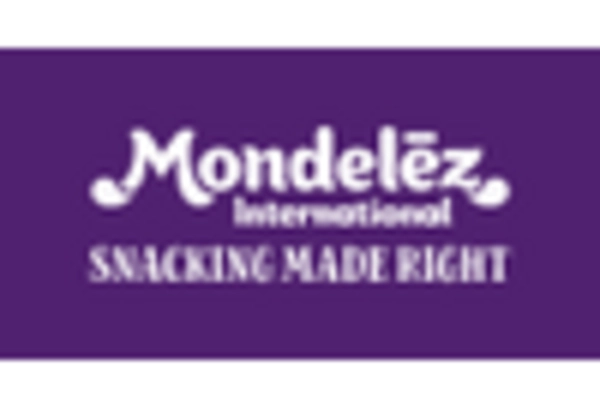
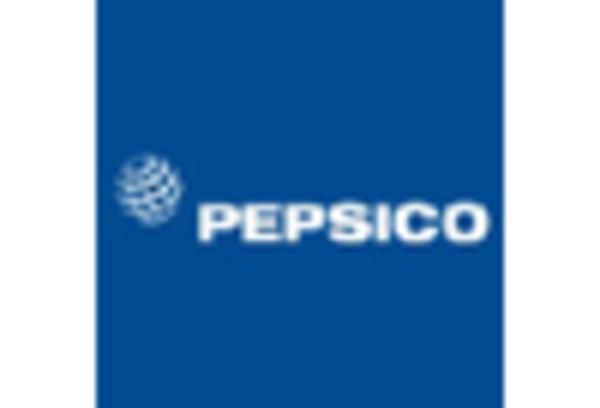








Leave a Comment